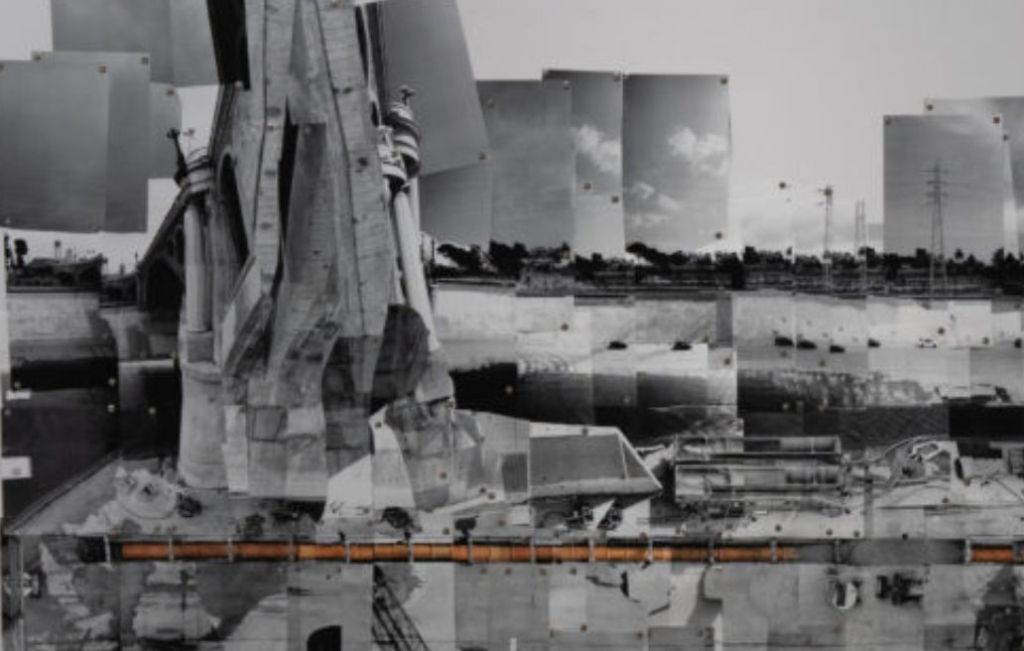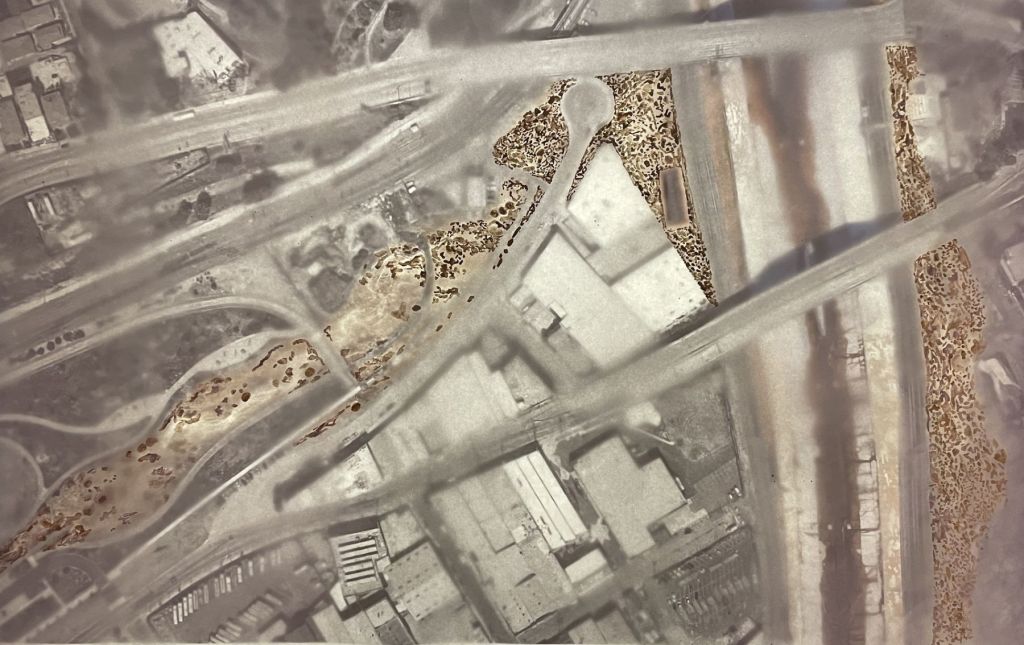Text by Daniela Silva

The majority of the world’s earliest cities were built along rivers because they were essential to the city’s survival. Rivers provide habitat for plants and animals as well as water and assist natural processes like flood prevention. Plants, for instance, provide a cooling impact and aid in reducing surface and air temperatures by offering shade and releasing moisture into the atmosphere. They also control floods since the majority of plant species that grow along riverbanks absorb a lot of water, lowering the threat that floods pose to people and structures.
Additionally, rivers facilitate social interaction, provide recreational possibilities, and link communities. However, we have noticed that over time, a lot of people and decision-makers have disregarded or missed the stated significance of rivers.
As technology and infrastructure improved, rivers lost importance and were increasingly ignored. The representation of the link between the city and nature in our cities is undergoing a thorough change for the first time since the industrial revolution. In order to bring nature back into the cities through its often-forgotten rivers, architects, planners, landscape architects, artists, politicians, and society are working together. To re-establish nature and improve the quality of life in the neighbourhood, some people are removing infrastructure or recovering abandoned industrial riverfront heritage. Others are taking it to a whole new level and planning a resilient connection with their rivers in light of the current effects of climate change.
Currently, the Los Angeles River is a concretised flood control measure that transports wastewater from the city to the ocean. Bending the River, the latest project from Lauren Bon (an environmental artist from Los Angeles, California), reimagines the relationship between Los Angeles and the river. The Metabolic Studio is an artistic practice engaged in activism and sometimes provoking strong reactions, following its statement that “artists need to create on the same scale that society has the capacity to destroy”.
Bending the River was part of the Fulcrum Arts Festival 2022 edition, Deep Ocean/Deep Space, in Los Angeles in September. In collaboration with Pitzer College Art Galleries, organised an exhibition which was the first curation of this ongoing work, currently in its third year of construction.
The project is the culmination of years spent working to maintain living systems and reconnect us with the Los Angeles River. On the grounds of the most recent Los Angeles State Historic Park opening, this trip started in 2005–2006 with Not A Cornfield. Where Lauren developed a durational performance in celebration of this pre-colonial watershed at Yaangna that became the industrial service channel for Los Angeles under a contract with the State Parks department for one crop cycle. Ninety miles of irrigation piping were installed, Native American communal corn was planted, and the earth in this defunct railroad yard was cleaned.

The Los Angeles River’s concrete-sealed basin currently serves as a flood control mechanism, shielding priceless real estate from the river’s historical course as well as its swelling and flooding. It also separates us from the shared, life-giving resource of our water on a physical and spiritual level. Bending the River will make its literal and symbolic bend in this situation. It offers an urgent fix and a workable model for responsible management of our life-giving birthright, not a plan for re-naturalizing the LA River, which many of us hope will happen in the future.
Summing up, the project proposes to draw water from the Los Angeles River and distribute it to the city. But it goes deeper than that. In this day and age, water shortage is a concern, particularly in California and Los Angeles, and this project takes a direct approach to the water supply. The artist has the personal conviction that water is a right for all living things to share. My stewardship of this responsibility is inextricably shared with all of the institutions and agencies who partner with me on permanently re-adapting the LA River. My deepest hopes as we break ground for Bending the River is that the communities and partners it touches are galvanized by its systematic and emblematic power to transform the way we think about water. If water is life, then our aim is to bend life in the direction that we all need it to go.
Our neglected resources can be repurposed and distributed in fresh, direct ways thanks to Bending the River. As water will certainly become scarcer, Los Angeles has an untapped resource in the LA River that we must start to understand and use.
When asked about that, the artist stated that she believes that in so many regions and cities around the world, there are opportunities to think outside the box and shift the long-standing existing infrastructures and norms, and the role of art and artists is so critical to helping catalyze these shifts and new ways of thinking.
There’s still a long way to go regarding environmental concerns. According to Lauren, we are in a critical state currently, and I don’t see an end to environmental concerns in my lifetime or the next. We as a society must collectively acknowledge how we got here and enact how we must do dramatically better in prioritizing human advancement, the complex network of living systems, and the web of life.
Bending the River exhibition runs until 16 December at the Pitzer College Art Galleries, Los Angeles.






